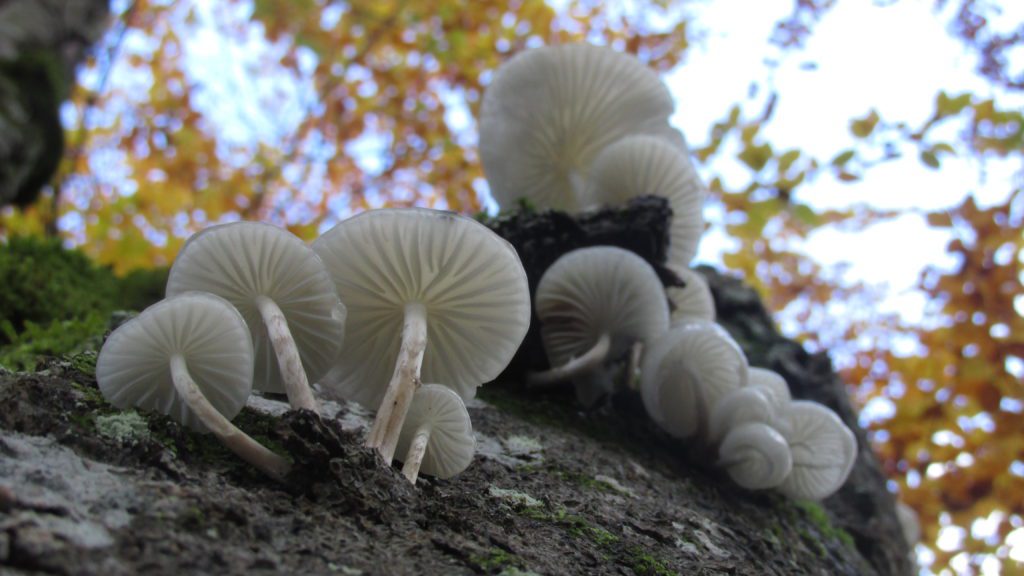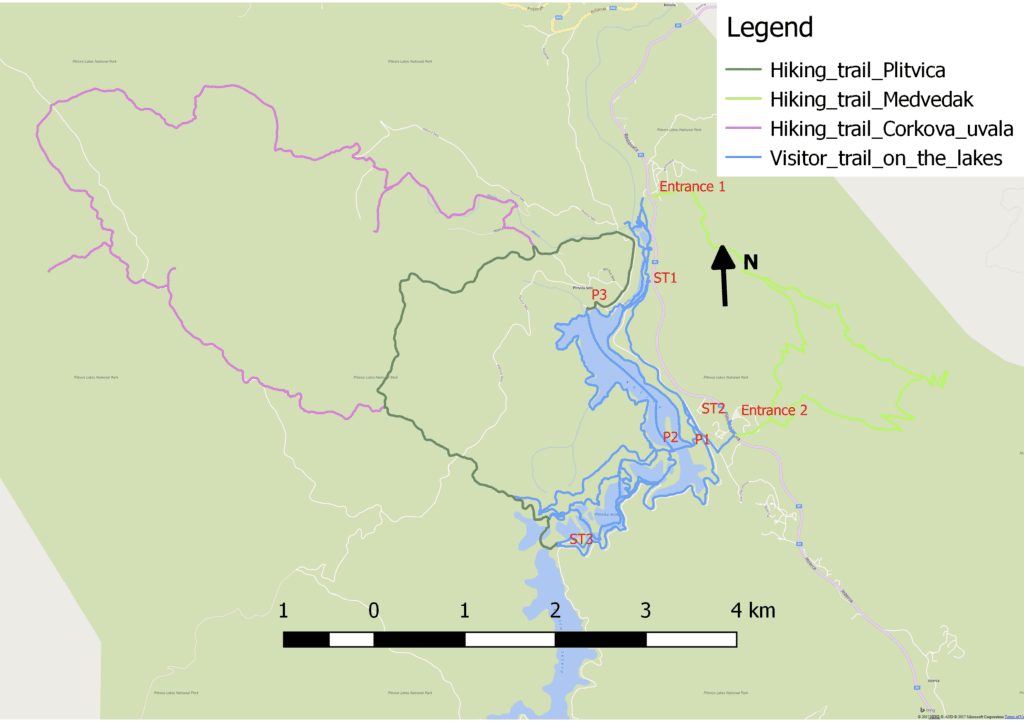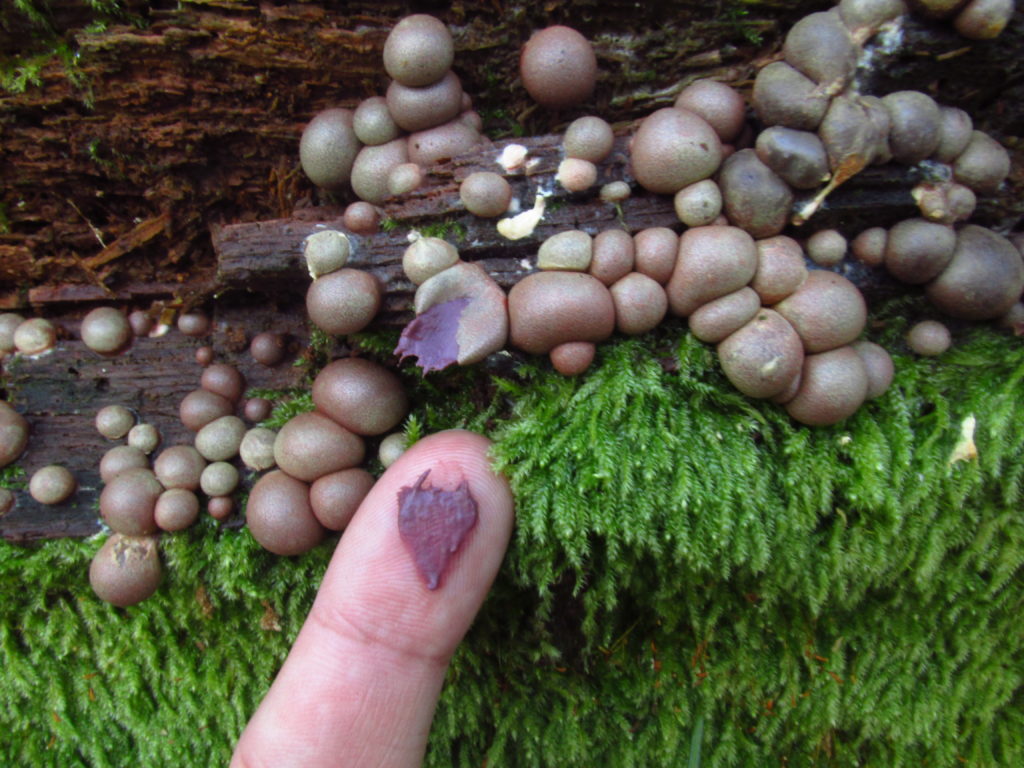Gathering of fungi as a tool for biodiversity conservation in Plitvice Lakes National Park
Photo by Eduardo Batista, Plitvice Lakes National Park, Croatia
Gathering of fungi as a tool for biodiversity conservation in Plitvice Lakes National Park, Croatia
article issued by Eduardo Batista
Every year, the Alfred Toepfer Natural Heritage Scholarship (ATS) supports the work of young conservationist in protected areas across Europe. Eduardo was one of the winners of the Scholarship in 2015.
The Plitvice lakes National Park in Croatia is well known worldwide for the unique lakes and waterfalls. The fauna and flora of the park enrich even more the uniqueness of this protected area. With almost 1500 plant taxa and with a rich local animal life, the Plitvice National Park is an example of environmental education for more than one million visitors per year.
Why a study about fungi?
Recent studies show us that 10-20% of European mushrooms may be threatened and few countries had developed a conservation policy regarding macrofungi. National parks and protected areas in some regions are the unique natural contact that citizens have and it’s important to use them as an educational resource to promote their conservation.

Oudemansiella mucida, Photo by Eduardo Batista, Plitvice Lakes National Park, Croatia
With the Scholarship awarded by EUROPARC Federation and the Alfred Toepfer Stiftung, I aimed to work at 2 levels:
- CONSERVATION – Elaboration the fungi checklist of Plitvice Lakes National Park and draw up a guide of best practices of fungi conservation
- EDUCATION – understand how the macrofungi community can help to enrich the educational value of the existing trails in the park and what a normal visitor can expect and learn from the mycological resources

One of the trails analysed by Eduardo Batista, Plitvice Lakes National Park, Croatia
During eight days, all the existing trails were analyzed based on an evaluation framework. In the final report, five trails are discussed, regarding their mycological interest and management practices are recommended.
In the five selected trails, 45 different macrofungi species were identified without leaving the trails. With this visit, I expected to raise the awareness not only of visitors but also of local staff – increasing their awareness of the existent mycological resources in the park and to create a framework of discussion for new management and conservation practices respecting the fungi biodiversity.
From a management perspective, the park implemented a “non-dead wood removal policy” that allows a significant decomposition along the park. This dead wood is essential to maintain and promote several ecological processes. However, if this “dead wood” would be located near the trails it would allow the visitor to have more contact with several saprophytic fungi. Is important to create an enjoyable experience without the need of leaving the trails. This action of promoting biodiversity near the trails is very important taking into consideration the huge number of visitors per year.
Fungi: future considerations for European Protected Areas
In 2007, the European Council for Conservation of Fungi (ECCF) presented a document entitled “Guidance for the Conservation of Mushrooms in Europe” where the efforts to identify and report conservation actions of the European macrofungi community were evaluated. According to this document, most European countries have produced fungal Red-list and more than 5 500 different macro fungi are red-listed in at least one European country. These numbers show us that 10-20% of European mushrooms may be threatened, putting the fungi conservation as a priority.

Photo by Eduardo Batista, Plitvice Lakes National Park, Croatia
All protected area should describe their fungi community and in case of forest management activities, the impact should be studied. Only after a long-term study, it will be possible to analyse if there are some endangered species and which factors are leading to that. After that, conservative measures regarding fungi diversity should be included in the management plan of each organisation/protected area.
to do list for Parks:
- describe their fungi community in a long-term study
- analyse possible endangered species
- develop educational information to be provided to visitors raising the importance of the fungi world.
Download Eduardo’s full report
For more information, you can consult the “European Charter on Fungi- Gathering and Biodiversity -2013” prepared by Scott Brainerd and Sarah Doornbos on behalf of the Bern Convention.